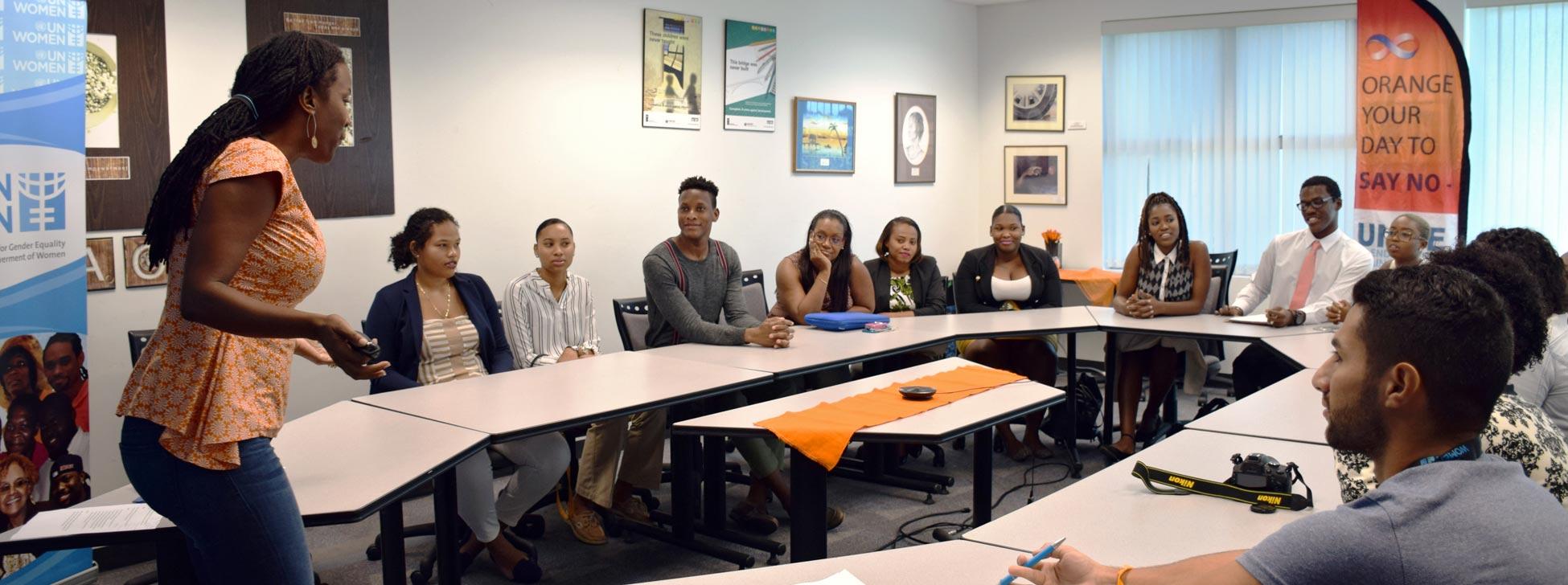If you’ve tucked your passport away in a drawer leaving it to gather dust while thinking “someday,” then you’re not alone. According to the Canadian Bureau for International Education (CBIE), many students want to study abroad, but are concerned about the cost: In any given year, a meagre 3.1 per cent of full-time Canadian undergraduate university students have an education abroad experience. This number is even lower for full-time college students, at 2.5 per cent.
But study abroad is indeed possible—even if you’re on a shoestring budget.
Sherilyn Acorn-LeClair, manager of the Office of Study Abroad and International Collaboration at the University of Prince Edward Island (UPEI), says that for Canadian students, the least expensive way to study abroad is directly through an academic institution’s exchange partner. According to Acorn-LeClair, this route cuts out third-party program provider fees and is the easier option for students.
“The reason these are more feasible is because our students can study at a partner school for one or two semesters while paying home school tuition and fees, and will receive credit for all academic work completed,” explains Acorn-LeClair.
Larissa Bezo, CBIE president and CEO, agrees that university partnerships are generally are the most affordable option.
“Many institutions also offer financial aid and scholarships to students to help offset study abroad costs,” says Bezo.
But even with bursaries on-offer, study abroad can feel like a lofty financial goal when your destination country’s cost of living in much higher than your home country (and when there are countless opportunities for weekend side trips).
The solution? Choose your destination country carefully. Here are five less traditional study abroad locations, which can help you turn “someday” into “today.”
1. Barbados
UPEI student Devon Fletcher discovered just how far his dollar stretched while studying for a semester at University of the West Indies Cave Hill Campus in Bridgetown. The university partners with more than 20 Canadian academic institutions.
“Entertainment, buying at the local markets, and even the local beers are very cheap. There is a bar near campus called Flash Zone that sells four beers for 10 Bajan, which equates to roughly $6 CAD,” says Fletcher, who plans to return.
Barbados food and drink prices can range from $3 USD ($4 CAD) for a coffee, to $17 USD ($23 CAD) for a local dinner according to the Price of Travel, a database of travel costs in every major city around the world. But the best way to not break the bank on this island full of imports, is to live like a local rather than a tourist.
2. Costa Rica
Costa Rica is known for being one of the most affordable tropical destinations, where the Canadian dollar fares well on food, rent, clothing, public transportation, and even entertainment. According to Expatistan, a source for comparing international costs of living, the capital city of San Jose is 30 per cent cheaper than in Toronto.
In 1949, this country replaced its military with “an army of teachers” while encouraging education at every level. Since then, Costa Rica has become a popular destination for international students, with more than 60 universities to choose from. This is the perfect destination if you’re looking to experience diverse ecosystems while improving on your Spanish.
3. Norway
While Norway is notorious for its high cost of living, public universities do not charge tuition fees—regardless of your country of origin. But depending on where you choose to study, you may be required to pay a small fee per semester to cover “welfare services.” Usually called “ancillary services” at Canadian universities, these include student government, sports, cafeterias, and counselling services.
For example, the University of Bergen (UiB) doesn’t charge tuition, but does have a semester fee of 590 NOK ($88 CAD).
As for the high cost of living, the best way to to stay within your budget is to familiarize yourself with the local supermarkets and take packed lunches. Borrow books from the library or buy cheaply from the campus “used” section. You can even bike or walk from the accommodation in Bergen to class or to the compact and beautiful city centre.
4. Mexico
Mexico gets a bad rap sometimes, but it doesn’t necessarily deserve it—and study abroad programs through your university are a safe way to learn and take advantage of the country’s affordability.
You will be pleasantly surprised how far your dollars will stretch if you travel using public transport and indulge in Mexican street food or mercados (open-stall community markets). Take a tour of any one of the 35 UNESCO World Heritage Sites every week or so because $1 CAD equals around 15 Mexican Pesos. Now that sounds like a good deal, eh?
There is a significant amount of ongoing academic collaboration and exchange between Canada and Mexico, with more than 400 signed agreements between Canadian and Mexican post-secondary institutes.
5. Peru
It may not be the first destination that springs to mind for study abroad, but Peru offers enriching cultural experiences culture, with environments spanning from the Andes mountains to the Amazon River. A system of universal accreditation has been introduced in recent years to Peru, which has increased the quality across the board for international students. The South American country has around 80 universities, with private institutions outnumbering public.
For students, travelling through Peru is very inexpensive (even if you do the Inca Trail to Machu Picchu). Food can be found along the way at street stalls, markets and cheap sit-down restaurants. A budget breakfast can cost $1.48 USD ($2 CAD), according to Price of Travel.
Study abroad is an enriching experience that doesn’t have to come with a hefty price tag. Set up a meeting with your study abroad office to find out what your funding options are for a semester abroad, and if you qualify for a loan or scholarship.

